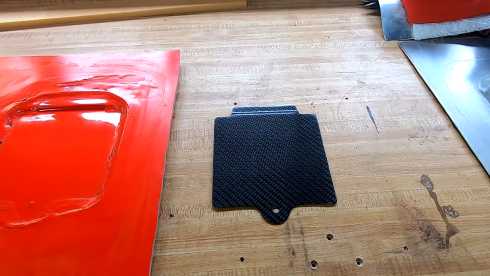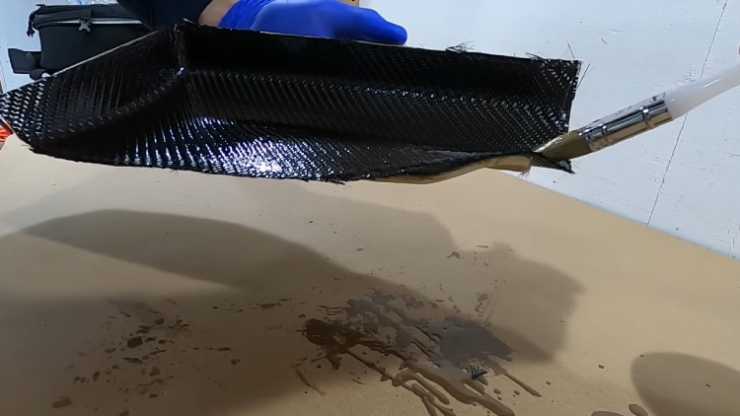Carbon fiber composites outperform metals and are the choice material for high-performance products from aerospace to sports cars. But how do carbon parts actually get made?
The answer to that question has a lot to do with the carbon fabric, resin, and process used to make the part. This guide will cover the basics of wet layup hand lamination, infusion, prepreg and other carbon fabrication workflows.
Layup
Unlike metal tubes like aluminum or titanium, carbon fiber composites are made from a flexible cloth that must be formed and bonded to form a solid structure. This process is labor intensive and has yet to be automated.
During the layup process, it is important to use a release agent like a wax or a chemical to ensure that the carbon will not stick to the mold surface. This will make the process much more efficient and save time.
The strength of carbon fiber parts is determined by the weave and resin used. This is why it is essential to know the fiber grade you’re working with. Different carbon fiber grades offer a variety of strengths and stiffnesses.
The best way to determine the proper grade for your application is to perform physical testing on composite test samples. This will provide you with highly accurate numbers that will be invaluable in FEA analysis and in part design.
Molding

Carbon fiber can be molded into very stiff and lightweight parts. These parts can be used in aerospace and automotive products and even everyday items like golf clubs and wallets.
Often, when fabricating carbon fiber parts, manufacturers will insert other materials in with the carbon to create different properties. For example, race cars will often have an outer layer of Kevlar to protect the carbon in the event of a collision with pavement or another car. Foam can also be added to help increase thickness and flexibly.
Once the layup is complete it is time to mold the carbon. This can be done with prepreg technology, resin infusion, or vacuum bag laminating. The process is the same regardless of which method you choose but the temperature and fiber to resin ratio will vary and impact the final part’s strength and stiffness. After the carbon is molded it will need to be wet sanded and polished to achieve a concourse-level finish.
Curing
Carbon fiber can be formed into a wide variety of shapes. Race cars, for example, often use it in combination with Kevlar to add strength, and wood and metal can be laminated with carbon to create flexibility and lightness.
In the case of the drone prop videos, the fabricator used a vacuum bag and epoxy resin to make his mold. This is a relatively low-cost process that is ideal for prototyping and small-scale production.
The prepreg used in this method is heated to a very high temperature, which burns off any non-carbon atoms and leaves long, tightly-interlocked chains of carbon that can be woven together to make very strong parts. This process requires significant experience and knowledge to achieve the desired results. It also relies on the ability to control porosity, aeration and compaction to get good results. The cure is then done at elevated temperatures and under pressure in an autoclave. This post-cure step is what makes carbon parts so much stronger and more durable.
Assembly
Carbon fiber is stronger, lighter, quieter, more flexible and easier to work with than metals. However, these benefits come with a price: carbon fiber parts are typically more expensive than similar metal components.
This is due to the fact that carbon fiber parts require a much more specialized engineering process than those made of aluminum or steel. Metal parts are homogenous and isotropic, meaning their strength and stiffness are the same in all directions. Carbon fiber, on the other hand, is not isotropic and its strength varies depending on the direction of the weave.
Summary:
This means that engineers must carefully consider the specific strengths and weaknesses of carbon fiber parts when designing a new system. For example, carbon fiber trusses and beams must be designed to optimize their stiffness along each of the bending axes. This requires a lot of design and prototyping time. But it can pay off in the end. When a part is properly engineered, it can perform better than an equivalent metal part at a fraction of the weight.
